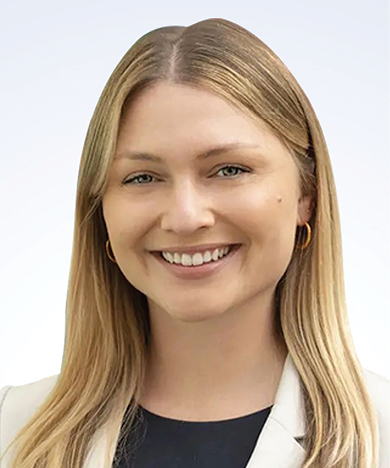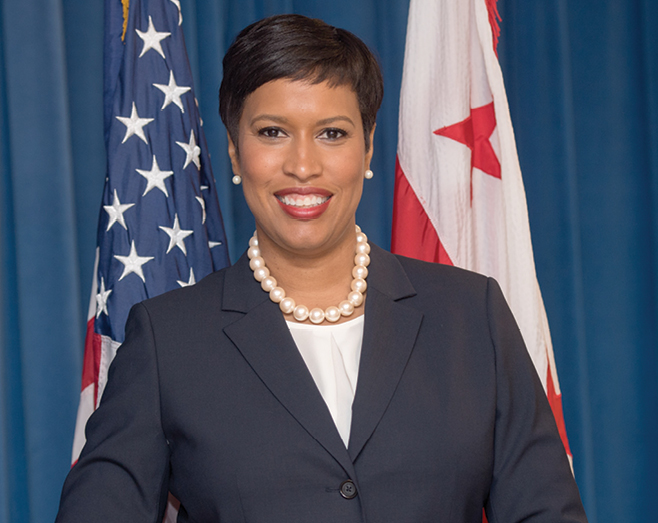What do Google, Boston Consulting Group and PwC know about Washington, DC, that most people don’t? They understand, from a business standpoint, that the nation’s capital is a lot more than monuments, museums and the federal government.
While all those things attract millions of visitors each year to the District of Columbia, they are not the factors that cause high-tech, knowledge-intensive companies to grow. The secret ingredient for that sauce, says Audrey Polk, is the local workforce.
As vice president of corporate attraction for the Washington DC Economic Partnership, Polk understands the needs of growing businesses, whether they are globally, nationally or Mid-Atlantic focused. In each case, she knows what is necessary to lure them to DC, and she also knows what’s needed to keep them.
A brand-new Vitality Fund, administered through the Deputy Mayor’s Office for Planning and Economic Development, doesn’t hurt either. “This is a financial performance-based incentive that has a relatively low barrier to entry,” says Polk. The money can be used for items such as operational costs to downpayment assistance and things like rent, tenant improvements, worker training, recruitment and hiring.
“The minimum threshold to qualify is only 25 employees and a commitment to 7,000 square feet of space for at least five years.” Polk says. “The employees must spend at least 50% of their work hours in the office. This has become a successful office attraction strategy for Washington, DC. We are trying to be really creative right now in terms of the deals that are out there. It is a $10 million grant, and we are making the most of it by targeting site consultants.”
That creativeness and innovation are paying off for the nation’s capital. “Google and Boston Consulting just made big investments. PwC said that of all their markets, this is the one their people are most inclined to return to,” Polk says. PwC recently committed to 182,000 sq. ft. and employing 1,700 people in the city.

“We are not just monuments and museums. People see us as a tourist attraction, but DC is so much more than that.”
—Audrey Polk, Vice President of Corporate Attraction, Washington DC Economic Partnership
Over the past 10 years, the city has achieved a number of economic development milestones, including $41 billion in new development, 56,000-plus new residential units, 46 new grocery stores, and $3.3 billion toward opening nearly 70 new and modernized schools.
“We are not just monuments and museums,” Polk adds. “People see us as a tourist attraction, but DC is so much more than that.”
A Busy Time for Big Deals
Corporate investment is flowing into the city in large numbers too. Boston Consulting Group relocated from Maryland to 98,000 sq. ft. in downtown DC for 12 years, bringing 700 jobs. Booz Allen’s Center for Innovation, The Helix, recently opened in DC’s central business district. Virtru, a homegrown company, is doubling its footprint in DC to 17,000 sq. ft.
Polk notes that these factors sell companies on a DC location:
- Access to federal and private clients.
- Proximity to federal agencies, embassies and decision-makers.
- Three international airports.
- A network of established consultancies and global thought leaders.
- Highly skilled talent pool.
- A strong pipeline of tech and digital communications talent, often affiliated with one of the many local colleges and universities.
Tech and cybersecurity firms are among the fastest-growing sectors in the city, along with consulting firms and think tanks. Emerging industries include digital media and communications companies; research and development organizations; information technology service providers; and firms engaged in marketing, design and publishing.

Mayor Muriel Bowser
A Citywide Comeback Plan
Mayor Muriel Bowser and other city leaders are pushing for more investment, but also for more equity. That’s why they adopted a citywide Comeback Plan, a post-pandemic economic development strategy, outlining six goals to achieve by 2028:
- Create 35,000 new jobs in high-growth target sectors, which will include increasing apprenticeship programs and filling gaps in training and credentialing.
- Increase the share of minority-owned employer businesses to 33% of all employers.
- Increase access to opportunities for residents and eliminate gaps in food, housing and internet access across all neighborhoods.
- Add 15,000 residents to downtown by adding 7 million sq. ft. of residential units.
- Retain current residents and reach a population of 725,000.
- Raise the median household income of Black residents by $25,000.
“There is a lot of excitement for DC because our businesses, both long-time and new, believe in DC,” says Mayor Bowser. “Washington, DC, is not only the place to be if you want to attract top talent and if you want to be close to decision makers — it’s also a wonderful place to live and work. We’re proud to be the nation’s capital. We’re proud of the many vibrant neighborhoods that are home to 700,000 people. Our downtown is beautiful and walkable. We have world-class restaurants and theaters. We have a reliable, clean and connected public transit system. We’re a sports town and a college town. We have great schools, and the top-ranked park system in the nation. We are an inclusive and welcoming city. And we want businesses to know that in Washington, DC, our best days are ahead of us.”
This Investment Profile was prepared under the auspices of the Washington DC Economic Partnership. For more information, contact Audrey Polk at apolk@wdcep.com. On the web, go to www.wdcep.com.

